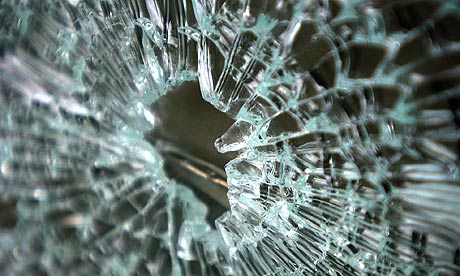Member Area Resources - Site
Glass Safety
Identify the hazard
Glass in windows and doors may pose a hazard (i.e. it has the potential to cause injury).
Assess the risk
Assess the risk (i.e. the likelihood and consequences of an injury) and consider what action needs to be taken to manage the risk. You may be able to remove or reduce the risk.
Is it annealed or safety glass?
If not, where is the glass? Is it in areas that staff use? Is it in areas that young clients use? What is the level of activity and supervision? Is the glass high up and less likely to be inadvertently hit? Or is low down and likely to be struck? Is it in high traffic areas?
Control the risk
Consider
- The severity of the hazard or risk
- Ways available of removing or lessening the risk
- Cost of removing or lessening the risk
Then take steps to
Remove the risk
The simplest way to minimise an accident is to be certain that safety glass is used in any area where there are risks. Toughened glass offers 4 to 5 times the strength of ordinary glass of the same thickness. It is impact resistant and allows large clear spans with minimum fixing. In the unlikely event that the glass does break, it forms small particles, reducing the risk of injury.
Reduce the risk
If changing immediately to safety glass is not practical, consider what other actions may be needed, such as:
- Accredited glaziers may offer a service to identify the glazing type
- Prevent contact with glass by creating barrier rails
- Screen areas with furniture that will not fall on to glass
- Make glass highly visible
- Make sure that glass areas are well lit at all times, especially at night
- Where transparent glass is not essential you can use a patterned, translucent glass
- Choose any easy-to-see stickers – such as brightly coloured cartoon characters – and place the brightly coloured stickers at adult and child height on the glass sliding door and glass panel
- Investigate the use of plastic safety and security film
- Maintain a trip-proof area by removing toys and loose rugs
- Keep inside and outdoor areas dry to prevent slipping into glass
- Set rules where the glass is not pushed on, banged into or slammed.
